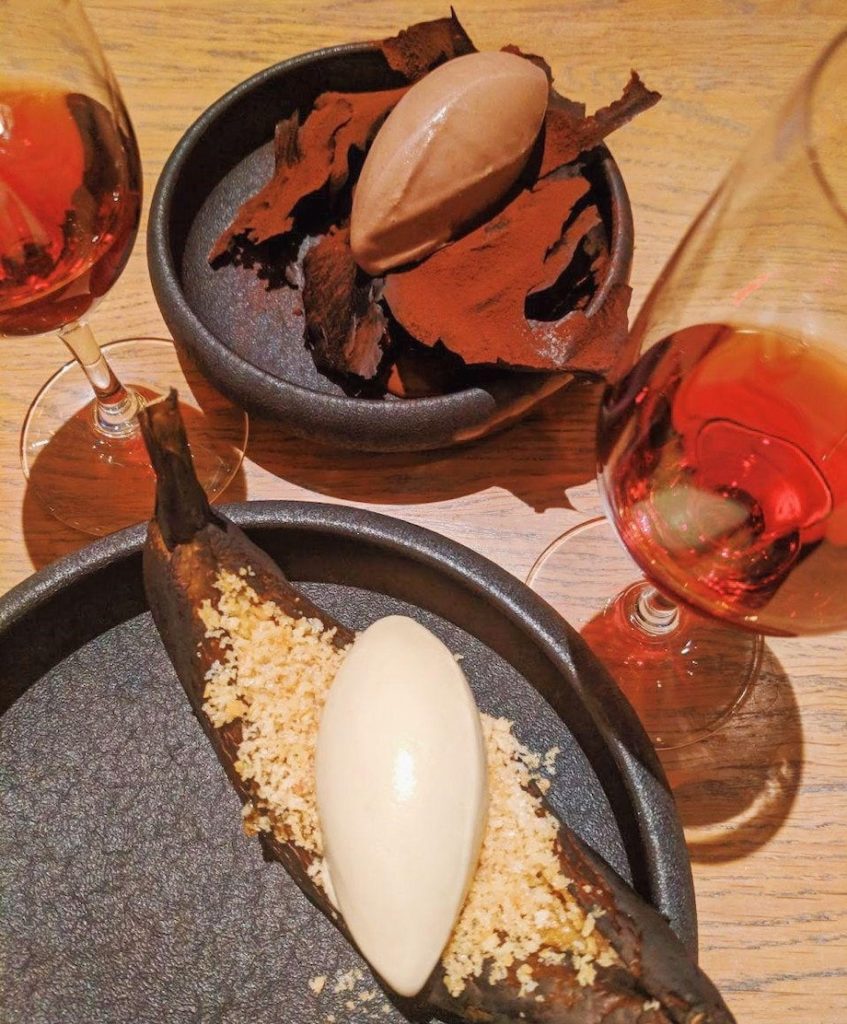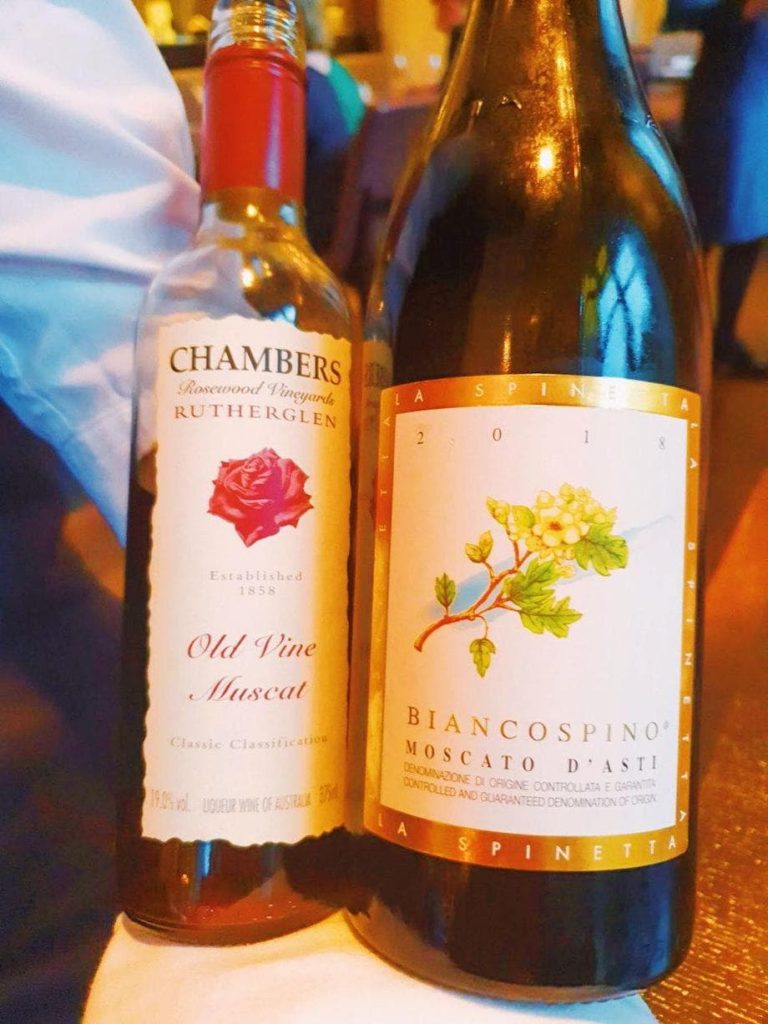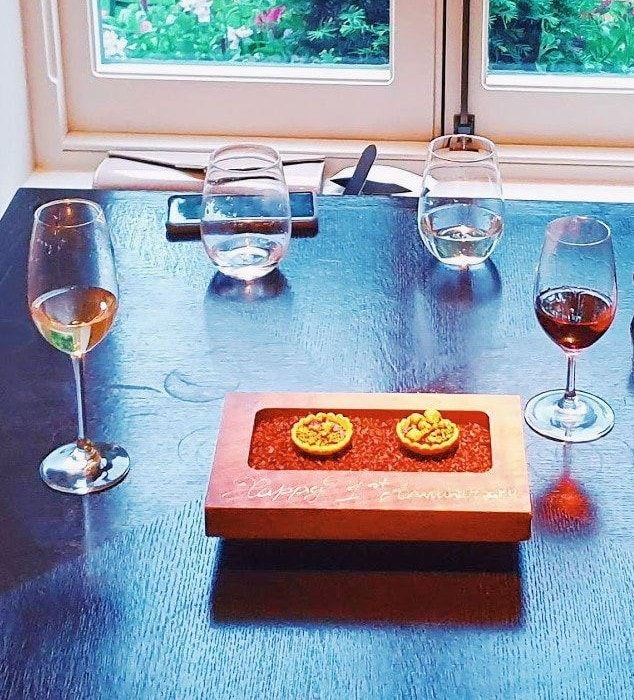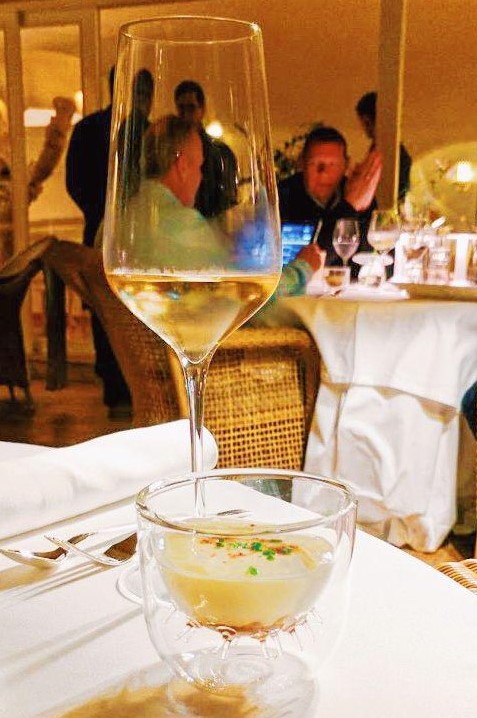Dessert Wines
When dining out at a nice restaurant, or putting on a dinner party at home, it is fairly standard to have a starter, main and dessert. This is a tried and tested formula as there’s something about a tantalising entree leading into a filling main which is then followed up by a succulent dessert, that leaves the mind and body feeling nourished and satiated. The same can be said for drinks, especially when accompanying such a meal. Apertifs, wines and digestifs are perfectly suited for each stage of a meal.

Wine (or sake, beer, juice) for a main is a fairly well-understood concept, and something that I’ve spoken about elsewhere. Writing this now in summer, apertifs like the delicious Aperol Spritz are a fairly common sight at trendy restaurant terraces. However I’m of the opinion that the humble dessert wine is a misunderstood and often overlooked third leg of the trifecta of complimenting drinks.
Being rather impartial to food and drink on the sweeter end of the spectrum, my personal relationship with dessert wines, primarily port wine, has been going on for quite some time now. Like “normal” wines and coffees, dessert wines are fascinatingly broad and complex. Fortified wines, of which port is the most known, open up a whole new host of amazing flavours to explore including sherry and Marsala. Other cultures around the world have developed their own versions using plums and rice for example.

There is also a whole host of different techniques used in the generation of dessert wines. From harvesting the grapes late (when the sugars are concentrated), to adding brandy (thus fortifying a wine), allowing botrytis, or noble rot, to remove water while leaving sugars in the grape all lead to generating sweet dessert wines. There’s even a rather unique technique pioneered in Australia whereby the cane (the “arm” of a vine) is slightly cut from the vine allowing it to remain on the vine, but stops the movement of water into the grapes, drying them out. This process increases their sweetness.
One of the most common misconceptions I’ve encountered is that all dessert wines are sickly sweet. While there are a number that match this description, in general it is simply not true. A dessert wine should, by design, be the sweetest item on any menu, but explore and experiment to find one that suits you, for instance a Moscato D’Asti, Ruby Port or a Madeira. Whether enjoying a Baked Alaskan, a rich Chocolate Fudge Cake or a simple Apple Pie, a dessert wine will enhance and enrich the final act of your dinner show.

A trick I enjoy, especially while eating out when the desserts are packed full of sugar, butter and calories, is to enjoy a dessert wine on its own. A rich full-bodied Tawny Port will often do the trick for me. But if given the chance, do try a Hungarian Tokaji or German Eiswein (Ice wine – when the grapes being pressed are frozen).
Further to this, and a trend that I see becoming more popular, is pairing dessert wines with foods such as cheeses. A particularly tangy or strong cheese can compliment a port even though they appear to be complete opposites. And of course dessert wines can be enjoyed by themselves at any time of day, or year. A white port for example, chilled and served with ice works perfectly on a lazy warm summer’s day as can a chilled late harvest riesling.

No longer the domain of old men in small European cafes, dessert wines in all their variations and styles should always be an option whether out in a restaurant or serving up at home. Turn a good evening, dessert or occasion into a great one with a bit of luxury and sweetness that can always be affordable.

